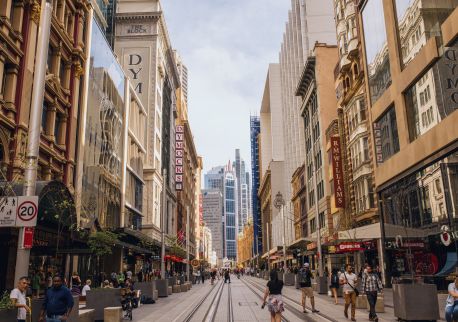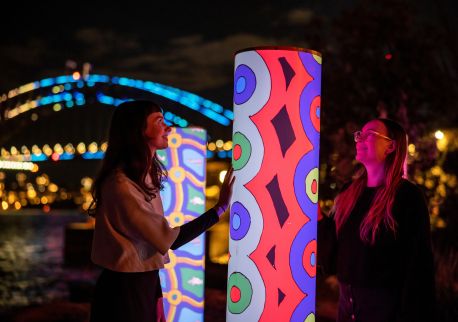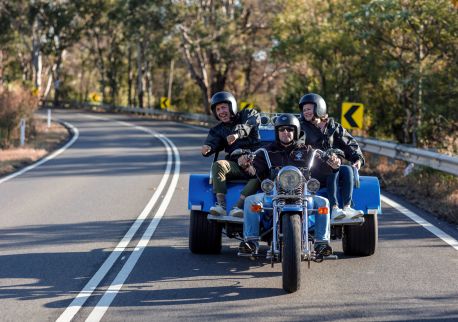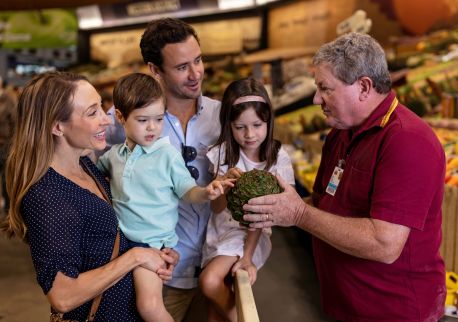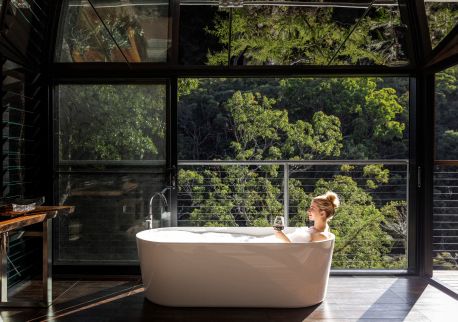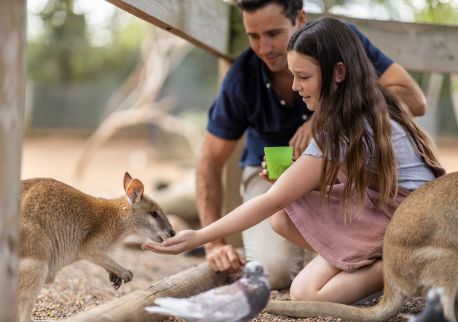Sydney Zoo
Highlights
Overview
Sydney Zoo is home to over 4,000 animals, including awe-inspiring and endangered species from all around the world.
Take a stroll down the African Boardwalk where you'll see scenes from the savannah in the remarkable mixed-species habitats, wander down the leafy Primate Boulevard, and be mesmerised by the animals of south-east Asia.
Get closer to all your favourite Australian natives in the beautiful open-range Australia habitat, where kangaroos and wallabies hop freely around the meandering pathways.
Sydney Zoo is also the only combined zoo and aquarium in NSW, and boasts the largest Reptile & Nocturnal House in the world!
Get even closer to your favourite animals with an encounter. Take a walk through the new Koala Trail and snap a photo with Australia's most iconic animal, stand tall next to a giraffe, feed a mob of mischievous meerkats and more.
See Sydney's only rhino explore his habitat and wallow in the mud, watch playful kangaroo joeys play, or see the zoo from a different view with a ride on the giant Ferris wheel.
Located only 40 minutes from the city, en route to the famous Blue Mountains, this award-winning attraction is not to be missed.
Sydney Zoo was designed to be accessible and inclusive for all guests, with no hills or steps, for everyone to have a good time.

